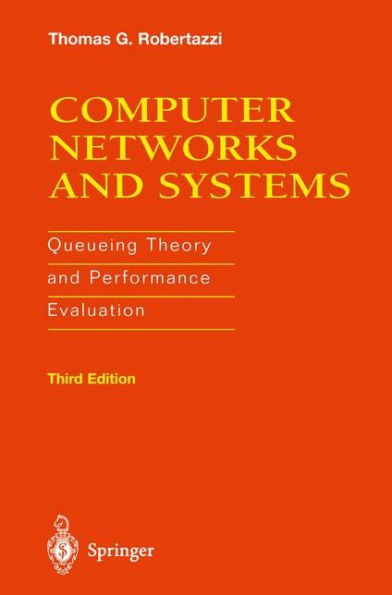5
1
9780387950372



Computer Networks and Systems: Queueing Theory and Performance Evaluation / Edition 3 available in Hardcover, Paperback

Computer Networks and Systems: Queueing Theory and Performance Evaluation / Edition 3
- ISBN-10:
- 0387950370
- ISBN-13:
- 9780387950372
- Pub. Date:
- 06/22/2000
- Publisher:
- Springer New York
- ISBN-10:
- 0387950370
- ISBN-13:
- 9780387950372
- Pub. Date:
- 06/22/2000
- Publisher:
- Springer New York

Computer Networks and Systems: Queueing Theory and Performance Evaluation / Edition 3
$109.99
Current price is , Original price is $109.99. You
109.99
In Stock

Product Details
| ISBN-13: | 9780387950372 |
|---|---|
| Publisher: | Springer New York |
| Publication date: | 06/22/2000 |
| Edition description: | 3rd ed. 2000 |
| Pages: | 409 |
| Product dimensions: | 6.10(w) x 9.25(h) x 0.36(d) |
From the B&N Reads Blog
